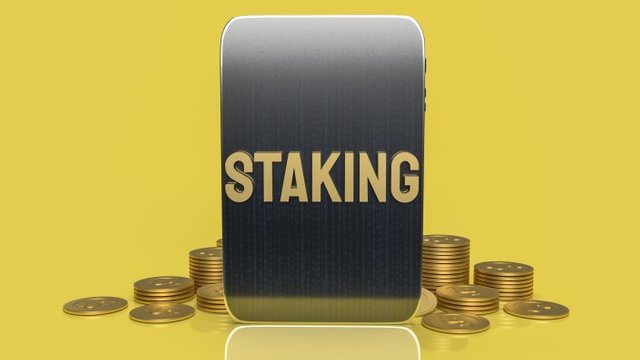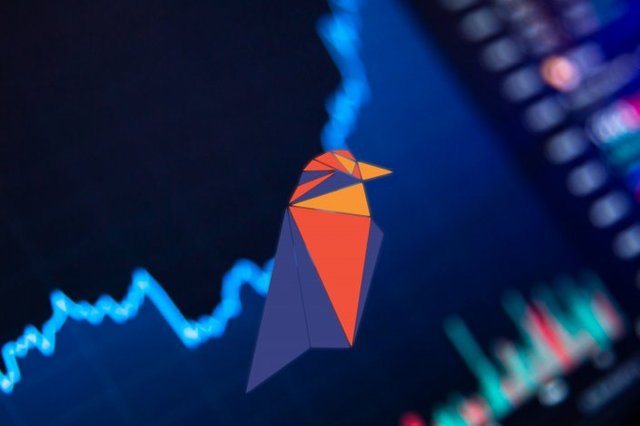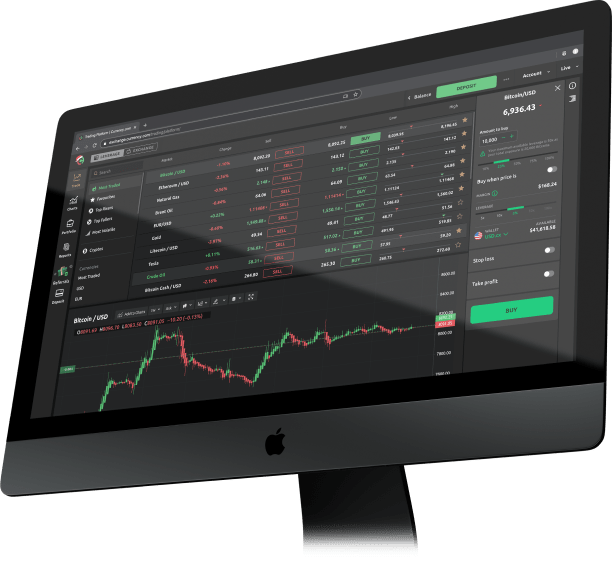From wallets to the blockchain, exchanges to valuation, here we explain Bitcoin in simple terms.
Blockchain, cryptocurrencies, decentralisation, HODL, whales, block explorers, cold wallets, tokenisation, pump and dumps. If all of these words just made you break into a cold sweat, you’re not alone. The crypto world dreams of playing an essential role in the global economy – offering an alternative to dollars and pounds. Alas, for many, this industry can feel impossible to understand because of how technical it is.
Bitcoin definition

Source Bitcoin
Basically, Bitcoin is a digital currency that has been invented without a central bank. Whereas the Federal Reserve is responsible for America’s monetary system, Bitcoin doesn’t have a single person or organisation in charge.
To understand the reason for this, it’s worth looking at why Bitcoin was created. In 2008, a person using the pseudonym Satoshi Nakamoto wrote a white paper setting out their vision for the cryptocurrency.
They imagined a world where people could make electronic payments to one another without using a bank or PayPal. (Do remember that this was in the immediate aftermath of a global economic crisis that was largely caused by deregulation in the financial sector.)
What is crypto staking? Your ultimate guide

Sources staking
Nakamoto imagined that one of the biggest advantages would be lower fees when payments are made. Running a bank is an expensive business – there’s security and office expenses to think about – and these costs often get passed on to consumers. His vision was to make everyone their own bank, and to contrast a system where middlemen would no longer be needed.
This brings us neatly to how Bitcoin was created. In the very beginning, it took 30,000 lines of code to get the cryptocurrency off the ground. Blockchain is the name of the technology that underpins Bitcoin. To cut a long story short, this is a public, fully digitised database of each and every transaction that takes place on the network. Bundles of transactions are placed into blocks and attached to the chain of blocks that came before it. A new block can only be added when a complex puzzle has been solved – and the first person to do so receives Bitcoins as a reward.
So… how many Bitcoins exist?
Well, ever since the cryptocurrency went live in January 2009, the total supply has been capped at 21 million. At the time of writing, more than 18.2 million of them have already been mined. Quick maths will tell you there are about 3 million yet to discover – and in the coming years it’s going to get harder and harder to find them. Estimates suggest the final Bitcoin will be mined in 2140, some 120 years from now.
Fans of Bitcoin argue that this is a refreshing change from what many central banks do: effectively print more money. This measure, known as quantitative easing, often results in inflation, meaning things just end up getting more expensive. By having a fixed supply, proponents claim that Bitcoin manages to achieve digital scarcity – and this makes every coin more valuable as a result. For a real-world example, just look at what’s been happening with the coronavirus. Demand for hand sanitiser exploded recently but the supply remained the same. Because of this, prices went up.
Before we move on, just a quick word about that supply of 18.2 million Bitcoin that’s supposedly in circulation at the moment. Although it’s true that they have all been mined, the number of Bitcoins still active is likely to be a lot lower than this. A couple of years ago, one estimate suggested 4 million BTC has already been lost for ever – and on top of that, another 2 million had been stolen. This would mean that a third of the mined supply is gone. Scarce indeed.
You might ask, well, how can it just vanish?

Source
Where is Bitcoin stored?
Well, put simply, a private key grants you the ability to spend your coins. Losing this key can have catastrophic circumstances. Whereas you can ask for a reminder if you forget the password to your email, there’s no such feature with Bitcoin.
Bitcoin price history
A good technique for understanding Bitcoin is to look at Bitcoin market history. The fluctuations in the value of the world’s biggest cryptocurrency have been nothing short of a white-knuckle ride over the past decade or so. It’s crazy to think that, in May 2010, you could get one whole BTC for a fraction of a cent. Fast forward seven-and-a-half years and the Bitcoin highest price was reached – a whopping $20,000. Now that’s a return on your investment.
Assuming that demand remains strong for Bitcoin, this could help prices appreciate. Usually, the rise in value doesn’t happen straightaway – it takes about a year or so to properly kick in. As this previous Currency.com feature explains in greater detail, BTC .
RECOMMENDED READING

Source Recommend reading
In Europe, major supermarket chains have been dabbling with accepting BTC as a payment method too. But perhaps the most exciting innovation lies in how fintech start-ups are introducing products such as prepaid debit cards which enable consumers to use their crypto anywhere Visa is accepted. Here’s how it works: Jerry goes into a store to buy a block of cheese that costs $5.99. At the till, his BTC is instantly converted from Bitcoin into dollars to cover the transaction – with merchants receiving it in fiat.
